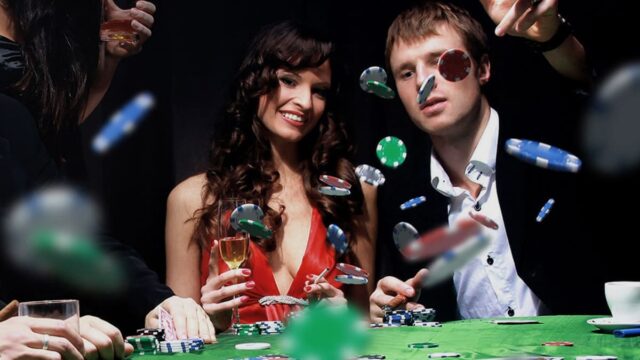
Poker’s unique combination of gambling, skill, betting, and bluffing mixed with a little of the Old West make it a very attractive game.
Bluffing in poker is an art as much as it is a science, requiring a delicate balance of deception, strategy, and timing. Mastering the art of bluffing can transform a mediocre player into a formidable opponent at the poker table.
It’s not just about lying with a straight face; it’s about convincing your opponents to believe a story you’ve crafted, manipulating the flow of the game in your favor. To bluff effectively, one must understand the intricacies of bet sizing, table image, opponent reading, and timing.
For those looking to elevate their poker game and incorporate sophisticated bluffing techniques, resources like go77 provide invaluable insights and strategies, setting the stage for advanced gameplay and increased winning potential.
The Psychology of Bluffing
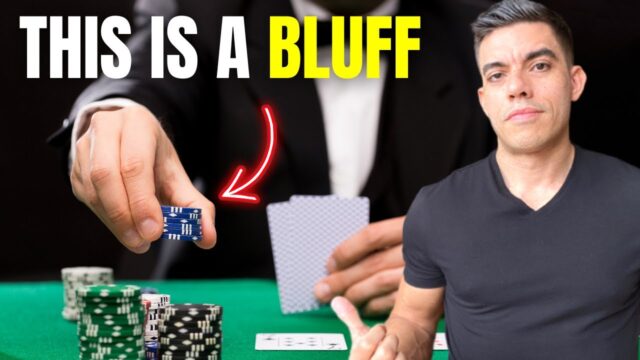
Understanding the psychological underpinnings of bluffing is crucial. Bluffing is not merely about the cards in your hand; it’s about what your opponents believe you hold. Successful bluffing involves getting into the minds of your opponents, predicting their reactions, and exploiting their perceptions and fears.
The bluffer seeks to send the opponent a credible signal that they have a stronger hand or a greater will to aggress than they do. So, indeed, they brag, even if in the understated form of keeping the proverbial poker face.
Is Bluffing a Good Strategy?
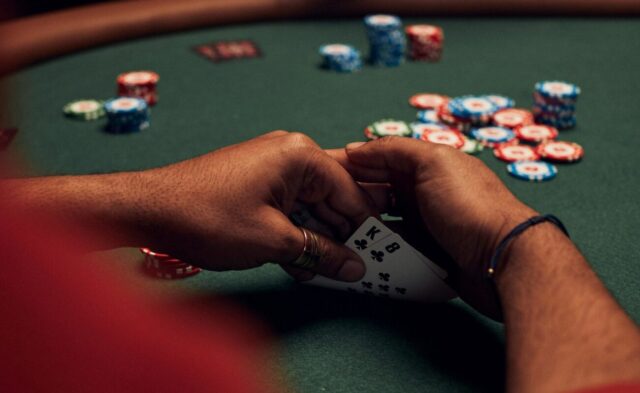
Here’s the thing about bluffing: without it, you must have a strong hand to win the pot—the strongest hand. But it isn’t easy to make a hand in No Limit Hold’em. Most hands miss the flop, and a very strong hand preflop can become very weak by the river.
Consequently, bluffing is a necessary part of the game. Here are the types of bluffs!
Pure Bluff
A pure bluff, or a stone-cold bluff, is when you bet or raise with a hand that has little to no chance of improving. This type of bluff is dependent on your ability to convince opponents to fold superior hands.
Semi-Bluff
Semi-bluffing involves bluffing with a hand that holds the potential to improve on later streets. This strategy combines the possibility of winning the pot immediately with the bluff or improving to the best hand.
Opportunistic Bluff
This bluff occurs when you notice weakness in your opponents and decide to take advantage of the situation, regardless of the strength of your hand.
Essential Bluffing Strategies

Know Your Opponents
Successful bluffing requires a deep understanding of your opponents. Pay attention to their playing styles, betting patterns, and tendencies. Bluffing against a player who rarely folds may not be as effective as bluffing against a more cautious player.
Table Image and History
Your table image plays a significant role in the success of your bluffs. If you have been caught bluffing recently, opponents are more likely to call your bets. Conversely, a tight table image can make your bluffs more believable.
Bet Sizing
Effective bluffing requires careful consideration of bet sizing. Your bets should mimic the betting pattern you would have with a strong hand, avoiding any discrepancies that could alert your opponents.
Position
The position is a critical factor in bluffing. Being in a late position allows you to gather more information about your opponents’ actions before making your move, providing a strategic advantage.
Timing
The best bluffs are timed impeccably, taking advantage of pivotal moments in the game. Understanding when to bluff is as important as knowing how to bluff.
Advanced Bluffing Techniques
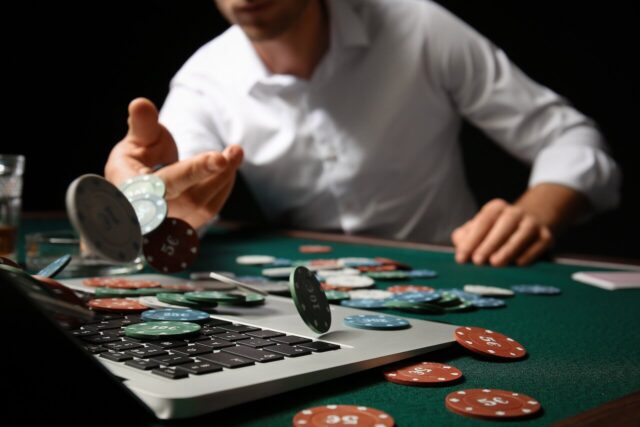
The key to being able to bluff well is learning how to think in terms of complete hand ranges, rather than single hands.
If you can visualize your opponent’s range in a given situation, then you can accurately assess their ratio of strong hands to weak hands.
Multi-Level Thinking
To bluff effectively, you must think on multiple levels, considering not only what you have but also what your opponent thinks you have and what they believe you think they have. This advanced technique confuses opponents, making your bluffs more effective.
Bluffing in Multi-Way Pots
Bluffing in pots with multiple players requires a higher level of skill and nerve. It’s generally riskier, but under the right conditions, it can lead to significant rewards.
Using Tells to Your Advantage
While attempting to conceal your tells, you should also be vigilant about picking up on your opponents’ tells. Use this information to time your bluffs more effectively.
The Ethics of Bluffing
Bluffing, while a fundamental part of poker, should be practiced ethically. It’s about strategy, not dishonesty. Respecting the game and your opponents is paramount, ensuring that the competition remains fair and enjoyable for everyone involved.
How Can You Tell if Someone is Bluffing?
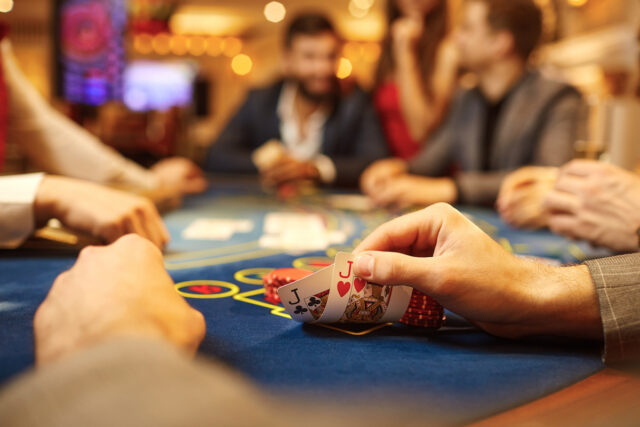
One of the most common ways to spot a bluff is to pay attention to the non-verbal cues that the other person is sending.
For example, if they avoid eye contact, fidget, touch their face, or cross their arms, they may be hiding something or feeling nervous.
Conclusion
Mastering the art of bluffing in poker is no small feat. It requires a combination of psychological insight, strategic thinking, and meticulous observation. By understanding the different types of bluffs, employing essential strategies, and experimenting with advanced techniques, players can significantly improve their poker game.
Remember, bluffing is not about deception for the sake of deception; it’s a sophisticated strategy aimed at manipulating the game’s dynamics in your favor. As you continue to hone your bluffing skills, consider exploring resources like go77 for deeper insights and strategies.
With practice, patience, and persistence, bluffing can become a powerful tool in your poker arsenal, leading to more wins and greater respect from your opponents at the table.







